Oct 19, 2021 | mobile, trends

The Apple-branded cloth, made of unspecified nonabrasive materials, will be available to purchase separately. Other than having an Apple logo stamped on it, it’s unclear how the cloth is any different from a typical microfiber cloth that you can get for a fraction of the price.
Source: A piece of cloth to clean your Apple devices will cost you $19
Oct 12, 2021 | justice & equality, mobile, networking, trends
 A failure to ensure women have equal access to the internet has cost low-income countries $1tn (£730bn) over the past decade and could mean an additional loss of $500bn by 2025 if governments don’t take action, according to new research .
A failure to ensure women have equal access to the internet has cost low-income countries $1tn (£730bn) over the past decade and could mean an additional loss of $500bn by 2025 if governments don’t take action, according to new research .
Source: Digital gender gap: men 50% more likely to be online in some countries – report
Oct 12, 2021 | mobile, networking, trends

Prior to the coronavirus pandemic, the business model of food-delivery apps went largely unconsidered by the diners who relied on them for midday kale salads and late-night taco feasts. Platforms such as Uber Eats, DoorDash, and Grubhub often charged restaurants commissions of up to thirty per cent per order, and they were evasive about how (and how much) their couriers were compensated. But for most restaurants delivery comprised only a fraction of total sales. Then the covid-19 pandemic turned virtually all restaurants into takeout-and-delivery-only businesses, and the brutal economics of the delivery apps became a matter of life-or-death urgency, for both the restaurants selling food and the couriers delivering it.
Source: The Fight to Rein in Delivery Apps
Oct 11, 2021 | games & graphics, mobile, networking, trends

Live sports and gambling have a long co-dependent relationship, which is expanding beyond casinos to over-the-top video. The new field of dreams for incremental billions in revenue began in 2018 after the U.S. Supreme Court struck down the federal anti-sports-gambling law.
Source: Streaming Video Betting Big on Legalized Sports Gambling
Oct 5, 2021 | mobile, networking

Many of those pills are being traded openly via social media, particularly on Snapchat, the most popular app among U.S. teens. Snapchat has been linked to the sale of fentanyl-laced counterfeit pills that have caused the deaths of teens and young adults in at least 15 states, according to The Partnership for Safe Medicines, a nonprofit public health group. NBC News independently confirmed deaths in 14 of the 15 states and identified five additional states not included in the research.
Source: When one pill kills
Oct 4, 2021 | mobile, networking
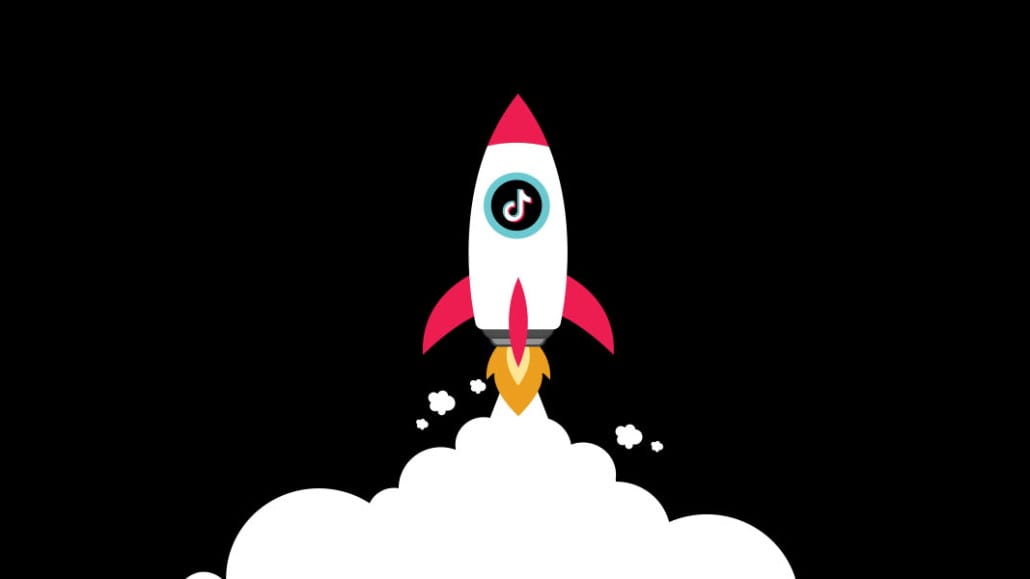 TikTok is having a very good week, it seems. It started with a Reuters story saying the social video platform has passed the 1 billion user mark in a shockingly short time. Next came the Bytedance property’s hosting its own event, TikTok World, at which it announced several new innovations to attract advertisers , creators and influencers.
TikTok is having a very good week, it seems. It started with a Reuters story saying the social video platform has passed the 1 billion user mark in a shockingly short time. Next came the Bytedance property’s hosting its own event, TikTok World, at which it announced several new innovations to attract advertisers , creators and influencers.
Source: TikTok’s latest good news: its ads are sticky and effective, and rich people spend a lot of time there
Sep 29, 2021 | justice & equality, mobile, networking

The platform work model is reshaping entire economies, sectors, lifestyles, and livelihoods.
Source: Gig workers are uncertain, scared, and barely scraping by
Aug 23, 2021 | mobile, networking
 For more than a year, an active member of a community that traded in illicitly obtained internal Apple documents and devices was also acting as an informant for the company.
For more than a year, an active member of a community that traded in illicitly obtained internal Apple documents and devices was also acting as an informant for the company.
Source: Apple’s Double Agent
Aug 17, 2021 | audio, justice & equality, mobile, networking, video

Every photo and every data point is a link to the old way of life in Afghanistan – and a reason for Taliban retribution
Source: Afghans are racing to erase their online lives
Aug 17, 2021 | games & graphics, mobile, networking
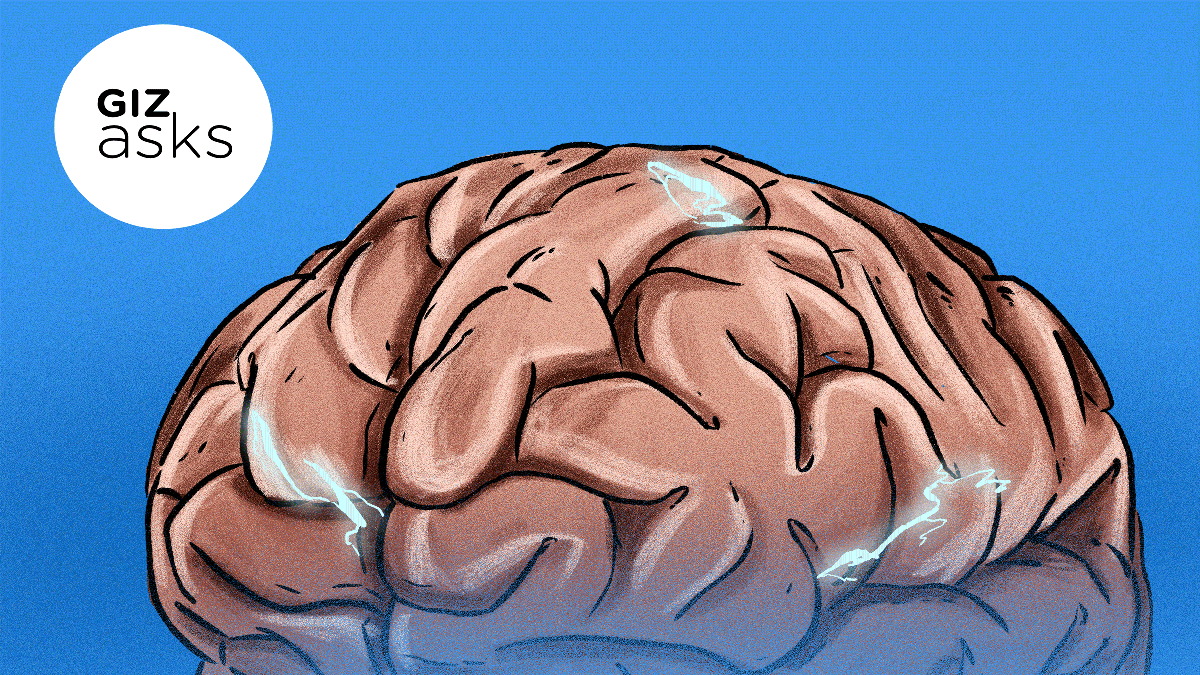
The general consensus among the terminally online would seem to be that the internet is a miserable place just barely made tolerable by the idiots and well-meaning naifs whose screw-ups at least provide something to ridicule. But is there a scientific basis for this generalized feeling? How has social media actually impacted mental health, per the research? For this week’s Giz Asks, we reached out to a number of experts to find out.
Source: How Has Social Media Impacted Our Mental Health?
Aug 13, 2021 | mobile
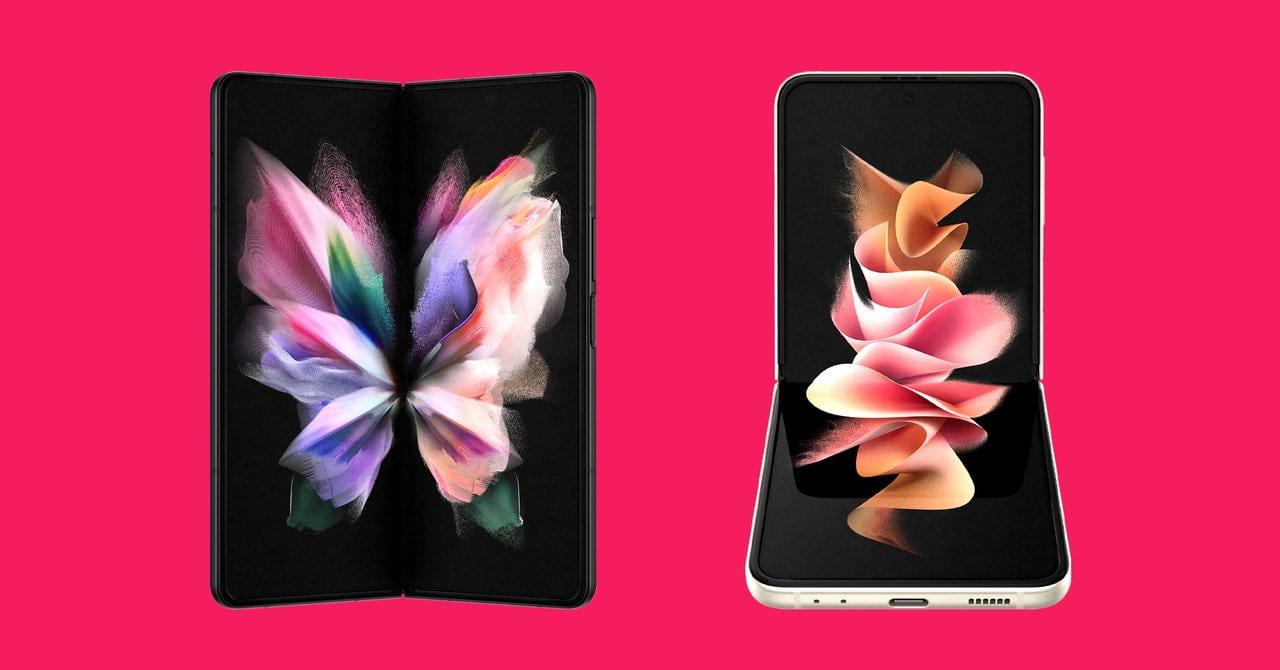
Source: Folding Phones Are the New 3D TV
Aug 12, 2021 | mobile, video
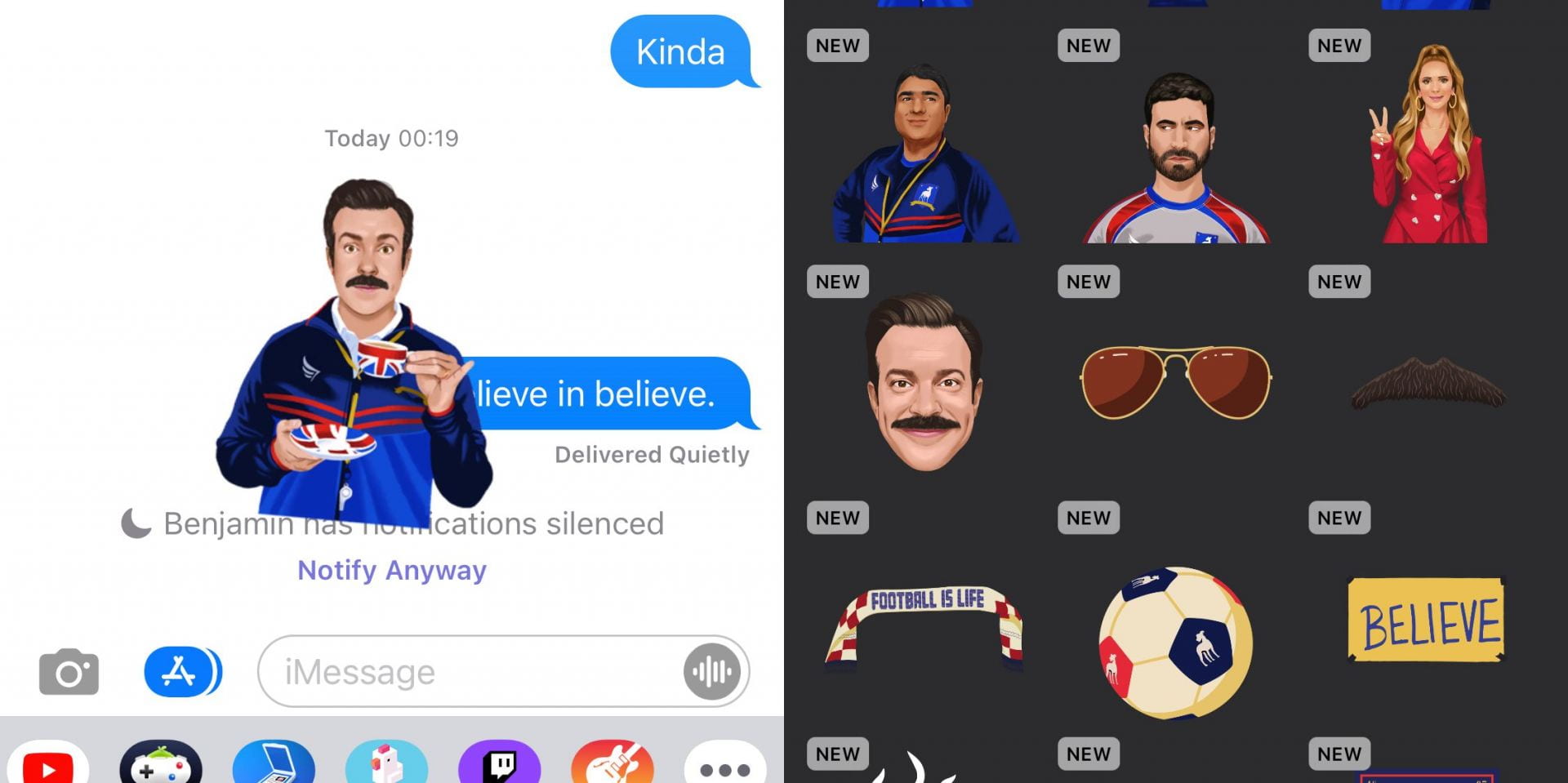 The Apple TV+ comedy series Ted Lasso now has its own iMessage Sticker Pack to easily share the Lasso spirit with friends. Animated stickers are also now available to download inside of the Clips app.
The Apple TV+ comedy series Ted Lasso now has its own iMessage Sticker Pack to easily share the Lasso spirit with friends. Animated stickers are also now available to download inside of the Clips app.
Source: Apple releases Ted Lasso sticker pack for iMessage and Clips
Aug 6, 2021 | algo, justice & equality, mobile
 With a new capability to search for illegal material not just in the cloud but on user devices, the company may have opened up a new front in the encryption wars.
With a new capability to search for illegal material not just in the cloud but on user devices, the company may have opened up a new front in the encryption wars.
Source: Apple Walks a Privacy Tightrope to Spot Child Abuse in iCloud
Aug 5, 2021 | algo, mobile
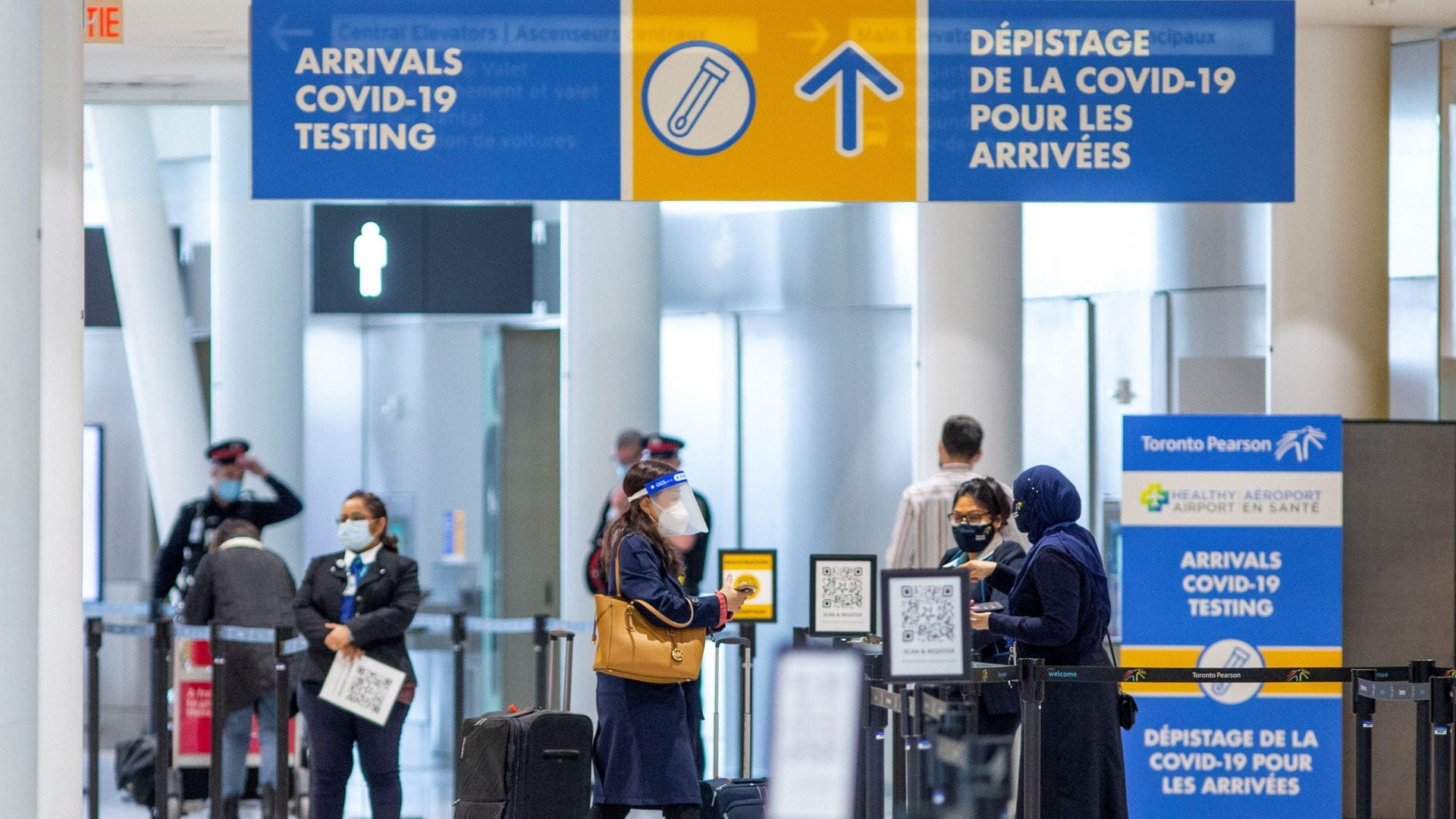
IBM Digital Health Pass uses blockchain encryption technology, eliminating the need to collect and store personal data. This allows user to manage what information they want to share through their smartphones. All border agents see is a prompt for whether a traveler is cleared for travel or not.
Source: More than 450 airlines can now use IBM’s blockchain-based vaccine passport
Aug 4, 2021 | algo, mobile

To master the roads, autonomous vehicles need lots of data. Workers everywhere from Kenya to Venezuela are providing it.
Source: Training self-driving cars for $1 an hour
Jul 28, 2021 | mobile, networking, trends
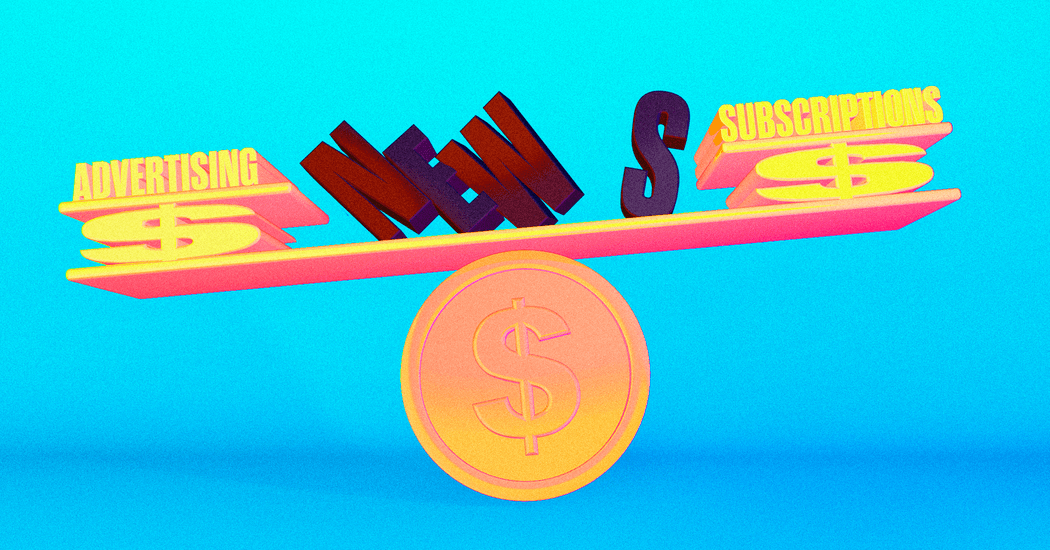 The digital media companies that once seemed to have a lock on the future are making plans to get bigger and pay back their investors.
The digital media companies that once seemed to have a lock on the future are making plans to get bigger and pay back their investors.
Source: BuzzFeed Is Going Public. Now What for Vox Media, Group Nine and Vice?
Jul 23, 2021 | algo, games & graphics, mobile, networking, trends

We need to think of the Metaverse as a sort of successor state to the mobile internet. And while consumers will have core devices and platforms through which they interact with the Metaverse, the Metaverse depends on so much more. There’s a reason we don’t say Facebook or Google is an internet. They are destinations and ecosystems on or in the internet, each accessible via a browser or smartphone that can also access the vast rest of the internet. Similarly, Fortnite and Roblox feel like the Metaverse because they embody so many technologies and trends into a single experience that, like the iPhone, is tangible and feels different from everything that came before. But they do not constitute the Metaverse.
Source: A Framework for the Metaverse — MatthewBall.vc
Jul 23, 2021 | algo, mobile, trends

Unlike auto racing, in drone racing the pilots aren’t subjected to debilitating G-forces, which means the races can take place at impossibly fast speeds . So fast, in fact, that autonomous drones have always lagged behind those piloted by humans who benefit from split-second reflexes.
Source: An Autonomous Drone Just Beat a Professional Racing Pilot for the First Time
Jul 16, 2021 | algo, justice & equality, mobile, networking
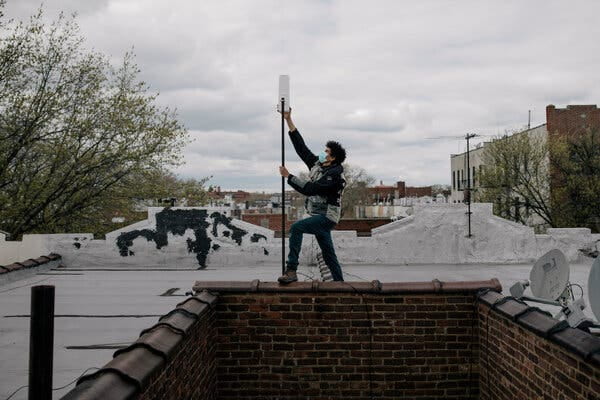 NYC Mesh, a band of a few dozen tech volunteers, takes on Verizon and the big “incumbent providers,” with the promise of inexpensive community internet.
NYC Mesh, a band of a few dozen tech volunteers, takes on Verizon and the big “incumbent providers,” with the promise of inexpensive community internet.
Source: ‘Welcome to the Mesh, Brother’: Guerrilla Wi-Fi Comes to New York
Jul 16, 2021 | games & graphics, mobile, networking
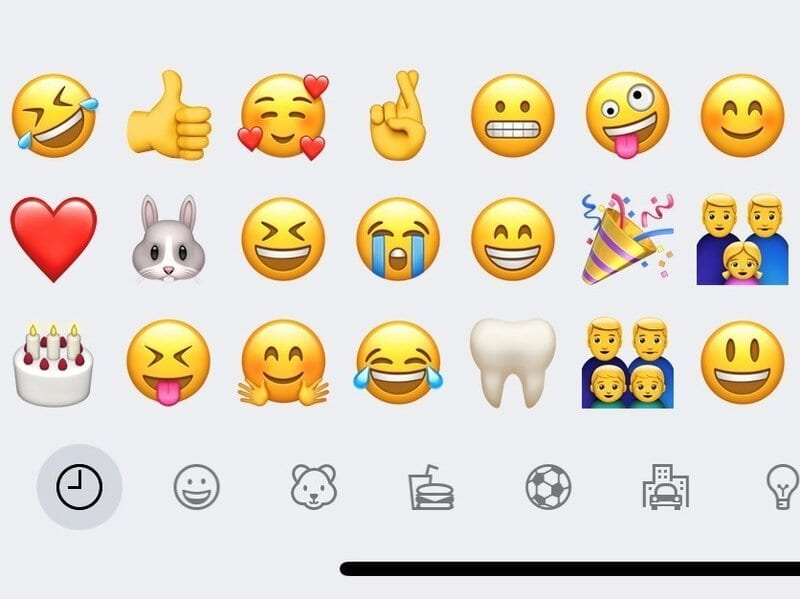
If you’ve ever hesitated to add a smiley face or a thumbs-up to an email, a new survey from Adobe may put you at ease. The software company, which conducts regular surveys on emoji use, found that the whimsical icons can make people feel more connected and more receptive to new tasks. They allow people to quickly share ideas. They make group decisions more efficient and can even reduce the need for meetings and calls.
Source: Emoji Use At Work? Survey Says — Thumbs Up!

 A failure to ensure women have equal access to the internet has cost low-income countries $1tn (£730bn) over the past decade and could mean an additional loss of $500bn by 2025 if governments don’t take action, according to new research .
A failure to ensure women have equal access to the internet has cost low-income countries $1tn (£730bn) over the past decade and could mean an additional loss of $500bn by 2025 if governments don’t take action, according to new research .


 TikTok is having a very good week, it seems. It started with a Reuters story saying the social video platform has passed the 1 billion user mark in a shockingly short time. Next came the Bytedance property’s hosting its own event, TikTok World, at which it announced several new innovations to attract advertisers , creators and influencers.
TikTok is having a very good week, it seems. It started with a Reuters story saying the social video platform has passed the 1 billion user mark in a shockingly short time. Next came the Bytedance property’s hosting its own event, TikTok World, at which it announced several new innovations to attract advertisers , creators and influencers.
 For more than a year, an active member of a community that traded in illicitly obtained internal Apple documents and devices was also acting as an informant for the company.
For more than a year, an active member of a community that traded in illicitly obtained internal Apple documents and devices was also acting as an informant for the company.


 The Apple TV+ comedy series Ted Lasso now has its own iMessage Sticker Pack to easily share the Lasso spirit with friends. Animated stickers are also now available to download inside of the Clips app.
The Apple TV+ comedy series Ted Lasso now has its own iMessage Sticker Pack to easily share the Lasso spirit with friends. Animated stickers are also now available to download inside of the Clips app.  With a new capability to search for illegal material not just in the cloud but on user devices, the company may have opened up a new front in the encryption wars.
With a new capability to search for illegal material not just in the cloud but on user devices, the company may have opened up a new front in the encryption wars.

 The digital media companies that once seemed to have a lock on the future are making plans to get bigger and pay back their investors.
The digital media companies that once seemed to have a lock on the future are making plans to get bigger and pay back their investors.

 NYC Mesh, a band of a few dozen tech volunteers, takes on Verizon and the big “incumbent providers,” with the promise of inexpensive community internet.
NYC Mesh, a band of a few dozen tech volunteers, takes on Verizon and the big “incumbent providers,” with the promise of inexpensive community internet.